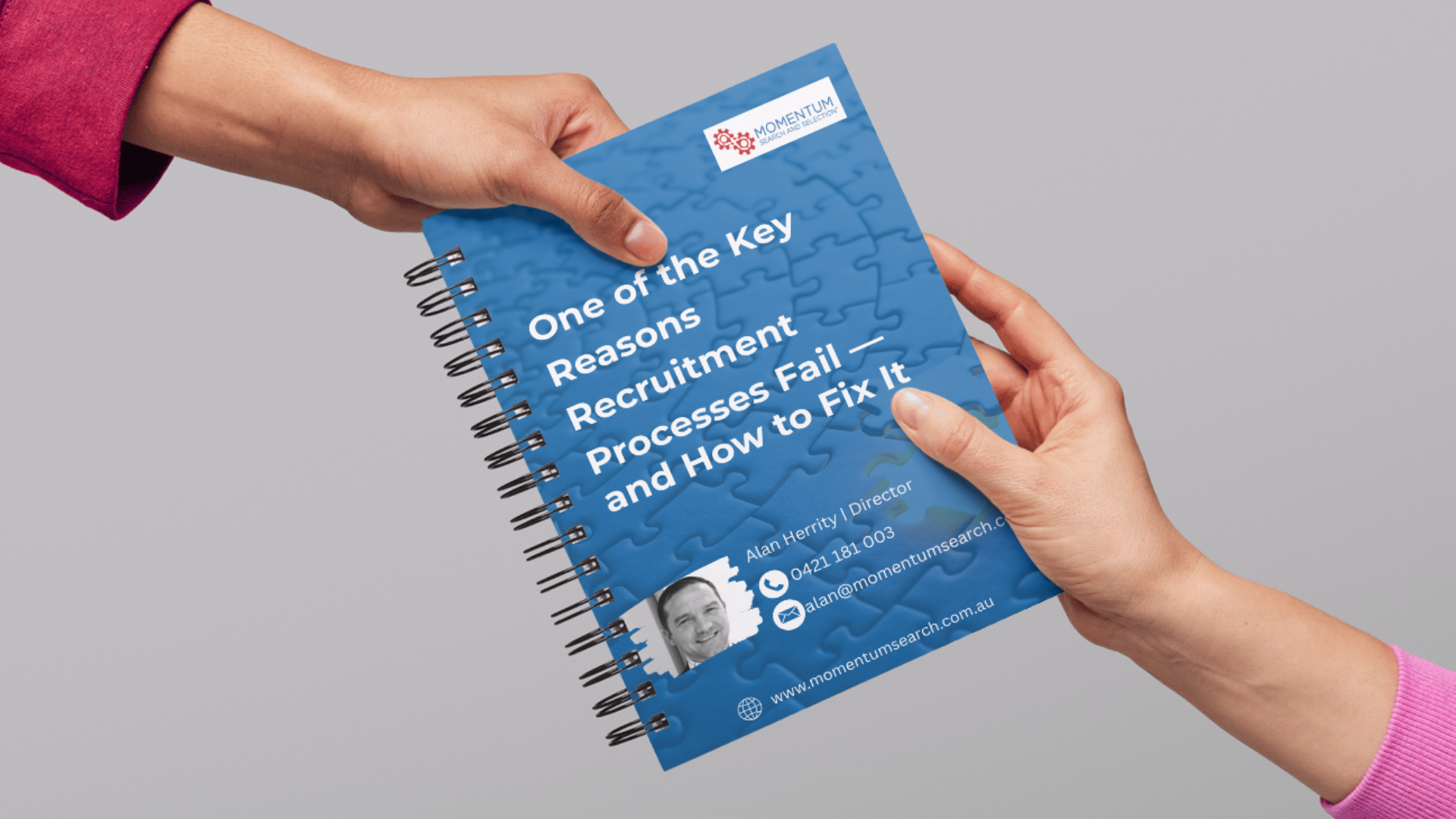Alan Herrity | November 11, 2025

The Quiet Crossroads Every Transformation Leader Reaches
You’ve been offered a lateral move.
You might feel that it’s a step back.
Your mentor says take it.
You’re torn.
That tension — perceived progress versus pragmatism — is one I see often.
Recently, a CIO I know asked me about the pros and cons of a sideways step.
On paper, it can look like a setback. In reality, it can set the stage for the next big leap.
“Careers aren’t ladders anymore. They’re landscapes - and the best leaders learn to navigate them".
Four Real Ways Careers Move Forward
Careers rarely move in straight lines. In truth, there are four ways to grow — each valid in its own season.

The mistake is assuming progress only counts when it points north.
Career Direction Compass
When executives hit a crossroads, I often use four simple questions — my
“Career Compass”:
- Purpose: How does this align with your long-term goals?
- Exposure: Will new stakeholders and teams see what you can do (often in a different industry)?
- Learning: Will it stretch you?
- Momentum: Will you make progress?
If you can tick three of these four, you’re moving forward — no matter what your title says.
Why Lateral Moves Work
A lateral move isn’t a pause — it’s a pivot.
It can broaden your view, deepen your network, and keep your momentum when markets tighten.
Why Interim Roles Deserve Respect
I’ve seen more leaders find renewal and energy in interim work than they expected.
It’s not a placeholder. It’s proof of adaptability. For many, it’s a career choice.
Interim roles can help you:
- Deliver impact while exploring your next move.
- Learn from different sectors and business rhythms.
- Prove your agility under pressure.
- Build connections that outlast the contract.
As mentioned, this becomes a career path for many, often resulting in a portfolio career approach or fractional roles.
Balancing Ambition with Reality
Every career decision lives inside a bigger picture — family, energy, timing, money.
The best leaders don’t ignore that context; they work with it.
“There’s wisdom in knowing when to stretch and when to consolidate.”
Key Takeaways
A few thoughts I share most often with the executives I advise:
- Growth isn’t always vertical. Breadth builds resilience and experience.
- Measure progress by purpose, learning, and momentum.
- Stay visible. Projects and interim work keep doors open and open up avenues that you may not have considered.
- Own your story. You should be able to explain the why behind each move.
Final Thoughts
The most strategic move isn’t always upwards. It’s the one that strengthens who you are — not just what you do.
Careers evolve in every direction. The leaders who thrive are the ones who move intentionally.
Please contact Alan Herrity to explore this topic further.










